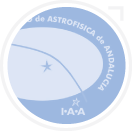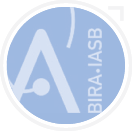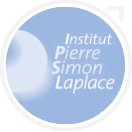Unique Spectroscopy and Imaging of Mars with JWST
In this document, we summarize the main capabilities of the James Webb Space Telescope (JWST) for performing observations of Mars. The distinctive vantage point of JWST at the Sun-Earth Lagrange point (L2) will allow sampling the full observable disk, permitting the study of short-term phenomena, diurnal processes (across the East-West axis) and latitudinal processes between the hemispheres (including seasonal effects) with excellent spatial resolutions (0.07 arcsec at 2 {\mu}m). Spectroscopic observations will be achievable in the 0.7-5 {\mu}m spectral region with NIRSpec at a maximum resolving power of 2700, and with 8000 in the 1-1.25 {\mu}m range. Imaging will be attainable with NIRCam at 4.3 {\mu}m and with two narrow filters near 2 {\mu}m, while the nightside will be accessible with several filters in the 0.5 to 2 {\mu}m. Such a powerful suite of instruments will be a major asset for the exploration and characterization of Mars. Some science cases include the mapping of the water D/H ratio, investigations of the Martian mesosphere via the characterization of the non-LTE CO$_2$ emission at 4.3 {\mu}m, studies of chemical transport via observations of the O$_2$ nightglow at 1.27 {\mu}m, high cadence mapping of the variability dust and water ice clouds, and sensitive searches for trace species and hydrated features on the Martian surface. In-flight characterization of the instruments may allow for additional science opportunities.































